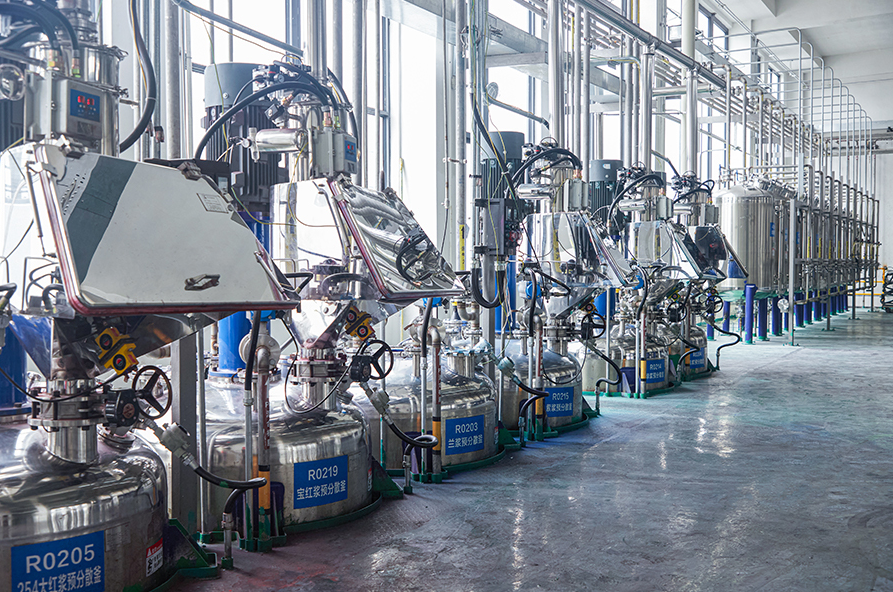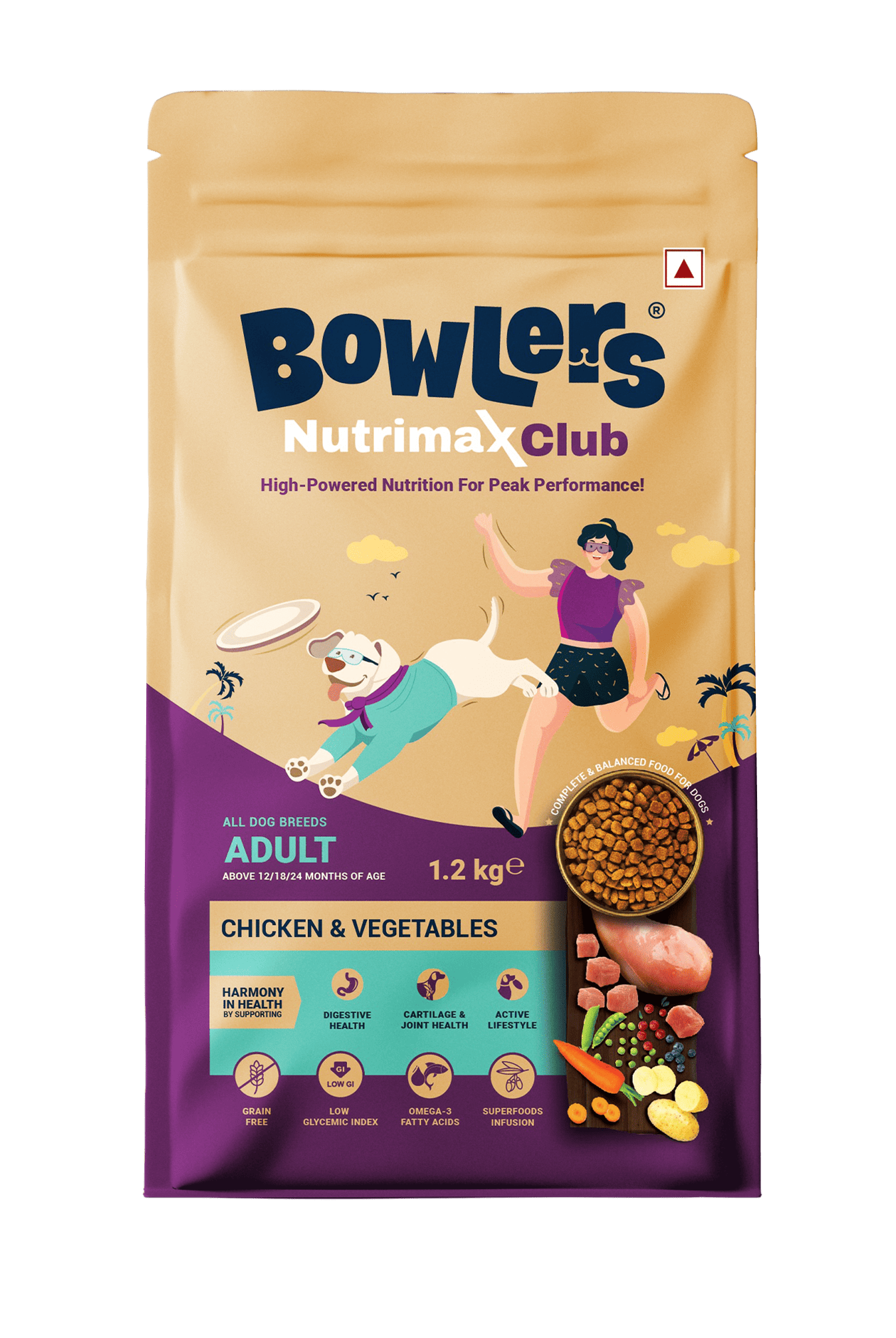Surface Finishing: From Prep to Re-coat Strategy

Selecting a coating is one thing; applying it correctly and maintaining it over its lifecycle is another. When comparing a Water Based Coating with an Oil Based Coating, the workflows and implications differ in meaningful ways.
Starting with preparation: surfaces must be clean, dry, properly sanded or primed as required. An oil-based coating generally demands more stringent substrate conditions — moisture or surface contaminants can interfere more readily. Water-based coatings may tolerate a little more surface moisture or subtle variations, though still must be applied under proper conditions to perform well.
In terms of application, drying time is an important practical factor. Many water-based systems allow a second coat within hours – this means some projects can be completed faster and with less downtime. The oil-based coating, conversely, often requires a longer cure before recoating or use of the surface. This impacts project scheduling and possibly occupancy or use of the space.
Clean-up is another area where distinctions appear. Equipment cleaning for water-based coatings is generally simpler, often just requiring water, whereas oil-based coatings may require solvents or special thinners. For contractors or DIYers, this means less mess and fewer hazardous materials when using a water-based coating.
Maintenance and re-coating strategy also vary. Because water-based coatings may require more coats to reach comparable film build or may gradually show more surface wear depending on substrate and exposure, the lifecycle maintenance cost may increase. On the other hand, oil-based coatings might last longer under certain conditions, but the initial time investment and fumigation (odor, ventilation) may be greater.
From a project-management viewpoint, fast drying and minimal odor of water-based coatings allow interior spaces to be returned to service quickly, which is an operational advantage. If downtime is a concern – say in a hospitality space or office – that may tip the balance. For legacy or historic finishes, an oil-based coating may be chosen to more closely match previous work or traditional appearance, but again the applicant must manage ventilation and longer cure times.
In conclusion, when you evaluate a surface finish, think not only about the coating chemistry but about the entire workflow: substrate prep, drying/curing, clean-up, maintenance and re-coating intervals. These practical factors often determine real value and user satisfaction. Choosing between a water-based coating and an oil-based coating means selecting the workflow you’re comfortable managing and servicing over time.





